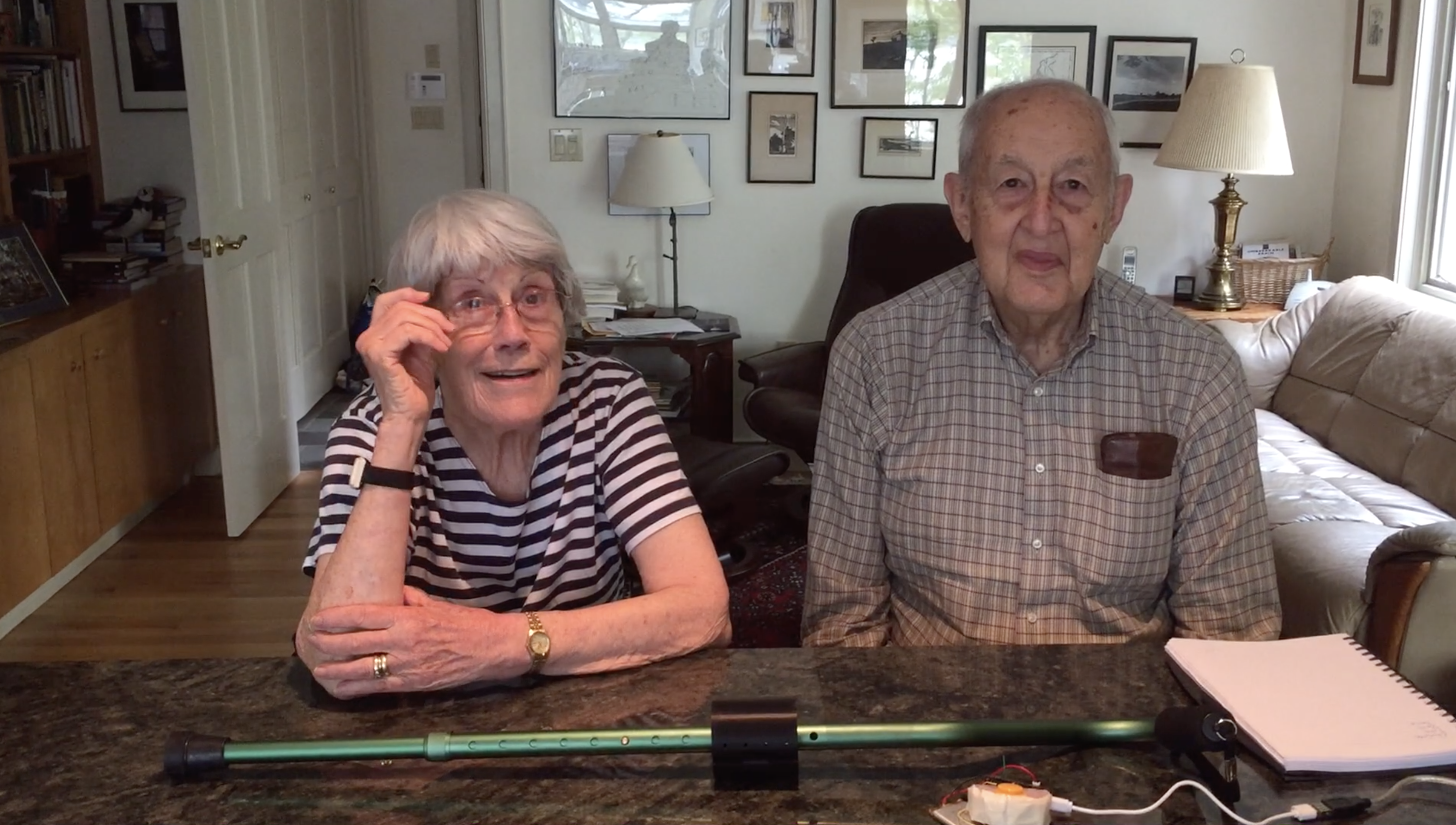
Unlike many projects in industry and school, I was not approached with or given a specific problem situation to address. Instead, I happened upon this over Thanksgiving weekend of my junior year. I was staying at my grandparents' house with my extended family and every hour or so, my grandmother would misplace her cane and the grandchildren (myself included) went through the house to find it. My grandmother has Alzheimer's disease and suffers from declining mobility as well. I noticed this as a major problem in my grandmother's life and in my grandfather's life too.
I decided to pitch this idea to a maker club I had recently joined at school. A few people expressed interest in working on a project around this issue and we took it upon ourselves to build a prototype by the end of the semester outside of our regular courses.
Create a device to help my grandparents quickly locate my grandmother's cane

I led our team of five over the course of the semester -defining goals, deadlines, and learning alongside everyone. Some of us had experience in tools like CAD or Python, while others did not. One of my favorite things about this project is that we did not know much of the technology that we ended up using for the final product. We followed an iterative design process. Starting with whiteboarding and reviewing research, we moved to prototyping and honed our electronics and physical form over the course of the three months we had.
At the end of the semester, we had a working prototype that I brought to my grandparents after exams. They were delighted and my grandfather said it saved him a half an hour a day. We were elated that our efforts proved useful and that we improved their lives.

Our final product was not perfect by any stretch of the imagination. The top of the cane attachment was exposed (which ended up being helpful when I needed to solder some wires that came loose a few months later), the button was functional and filled with hot glue and foamcore, and the battery drained over the course of the day. But the system worked. If we had more time, I would have like to run some usability tests with people who actually use canes and were of an age that had hearing loss so that we could fine tune the device to the population we built it for. I would love to have polished the physical design more and optimized the software. But this project was not about being perfect. It was about learning and helping someone using our spare time between our busy schedules and we certainly accomplished that.